Rheology and Dynamic Wetting Characteristics for Optimized Slot Die Coating Processes
In advanced coating applications, particularly those employing slot die technology, a comprehensive understanding of the rheological behavior and wetting dynamics of the coating fluid is paramount. This knowledge is critical not only during initial system setup but also for ongoing process control, defect prevention, and quality assurance. Rheological properties—comprising viscosity, viscoelasticity, and shear-dependent behavior—directly influence flow stability, uniformity, and defect formation, including bubbles, ribbing, wrinkles, and edge thickening.
Rheology and Surface Tension: Fundamental Parameters for Slot Die Optimization
The rheology of a coating formulation determines appropriate operational parameters such as coating speed, flow rate, die gap, vacuum levels, and liquid viscosity. Precise rheological characterization facilitates the selection of suitable manifold designs—whether an infinite cavity (e.g., coat hanger) or other configurations—based on whether the coating exhibits Newtonian or Non-Newtonian behavior.
Newtonian Fluids: These exhibit constant viscosity regardless of shear rate, simplifying process modeling and die design considerations.
Non-Newtonian Fluids: Display shear-thinning or shear-thickening behavior. Shear thinning, characterized by decreasing viscosity with increased shear stress, is advantageous for achieving ultra-thin coatings while maintaining manageable pressure drops. Conversely, shear thickening fluids may require specialized flow control strategies.
Additionally, thixotropic recovery—the time-dependent viscosity increase after shear cessation—affects coating uniformity and adhesion. Understanding these properties informs decisions on coating speed, die design, and process timing to minimize defects related to uneven flow or substrate wetting.
Surface tension influences edge effects during intermittent or lane coating, especially at low viscosities. Elevated surface tension can promote edge thickening as the liquid migrates toward the edges during solvent evaporation, resulting in non-uniform film thickness (edge buildup). At higher viscosities, the influence of surface tension diminishes, and rheological parameters such as shear thinning and yield stress dominate the flow behavior and defect formation.
Viscoelasticity and Its Impact on Coating Stability
Viscoelastic properties significantly influence the behavior of materials as they exit the slot die. Viscoelastic coatings tend to exhibit die swell—an expansion of the film post-exit—due to the elastic energy stored during extrusion. This swell can destabilize the meniscus, leading to defects such as ribbing or film non-uniformities.
Quantitative assessment involves measuring normal stress differences during shear sweeps. Elevated normal stresses can predict the extent of die swell and potential for film irregularities. Furthermore, understanding the relaxation times associated with viscoelastic recovery allows process engineers to optimize the drying and curing schedules, mitigating post-deposition stress relaxation-induced defects.
Minimize Chattering and Ribbing through Interfacial Rheology and Wetting Analysis
Defects like chattering (periodic thickness variations) and ribbing are often caused by fluctuations in flow stability or poor wetting behavior. These issues can be alleviated by optimizing the wetting characteristics of the coating to the substrate, ensuring uniform spread and adhesion.
Interfacial rheology combined with dynamic wetting analysis allows for the evaluation of parameters such as contact angle dynamics, interfacial tension, and slip behavior. These factors influence how the coating spreads and coalesces post-deposition. Analyzing the coating's response to a “free flow” situation provides insights into how to tailor formulation rheology to promote stable, uniform wetting and reduce defects.
Dynamic Contact Angle, Surface Tension, and Viscosity: Addressing Air Entrapment and Bubble Formation
Air entrapment leading to defects is a common issue in slot die processes. Air bubbles can become entrapped at the menisci, especially during meniscus destabilization, or through fluctuations in surface tension and viscosity. These bubbles often manifest as thin or missing regions once dried.
Maintaining a stable meniscus—through control of the combination of surface tension, dynamic contact angle, and viscosity—is essential to mitigate bubble formation. Precise rheological measurements enable the optimization of slot width, approach angles, and upstream/downstream spacing, reducing the likelihood of air entrapment and ensuring defect-free coatings.
Integrated Rheology and Wetting Analysis for Robust Slot Die Design and Troubleshooting
A thorough understanding of the rheological and wetting properties of coating formulations informs all stages of slot die process development—from initial design to in-process adjustments and defect resolution. Rheological profiling guides the selection of equipment components such as pumps, die lips, and flow controllers, ensuring compatibility with the coating behavior.
Preemptive rheological assessment allows for early detection of potential flow instabilities or wetting issues, enabling prompt adjustments that minimize downtime and waste. By integrating dynamic wetting and interfacial analysis, engineers can optimize formulations and process parameters to achieve uniform, defect-free coatings with enhanced reproducibility.
Effect of Formulation Composition on Rheology, Temperature and Evaporation Effects
The formulation's composition has a profound effect on the rheological behavior, process stability, and final quality of the coating. Components like polymers, solvents, fillers, surfactants, and additives all play a role in determining the viscosity profile, viscoelastic properties, and surface tension of the coating fluid.
Polymers and Binders: The molecular weight and concentration of these materials dictate the viscosity and elasticity of the fluid. Higher molecular weights typically lead to increased viscosity and elastic behavior, which can improve film uniformity but also introduce processing challenges.
Solvents and Volatile Additives: These materials can alter viscosity and evaporation rates. Highly volatile solvents can lead to rapid drying, which affects the wetting behavior and can cause defects like cracking or incomplete coverage.
Fillers and Particulates: These can increase viscosity, induce shear-thickening behavior, or cause particulate aggregation, which can all affect the flow consistency of the coating.
Surfactants and Wetting Agents: These are used to tailor the surface tension of the coating and improve its spreadability, especially on challenging substrates.
Temperature control is equally important, as viscosity and surface tension are temperature-dependent. Elevated temperatures can reduce viscosity and surface tension, facilitating flow and wetting but also increasing evaporation rates. Conversely, lower temperatures can increase viscosity, risking flow instabilities and incomplete wetting. Therefore, careful thermal management is crucial to maintaining optimal rheology throughout the coating process and ensuring uniform film formation.
Evaporation significantly impacts the uniformity of the coating. Rapid solvent loss can lead to skin formation, bubble entrapment, or non-uniform drying. Thus, fine-tuning the formulation's volatility and controlling environmental conditions can help stabilize the rheological behavior and wetting dynamics of the coating.
The Laboratory Roll-to-Roll Coater is the ideal coating machine for scaling up to roll-to-roll processing of battery electrode materials or for testing and optimizing battery electrode slurries.
Wetting and Substrate Characteristics and Surface Treatment
The interaction between the coating fluid and the substrate determines the wetting behavior, which is critical for achieving uniform coverage and adhesion. Substrate characteristics such as surface energy, roughness, cleanliness, and chemical composition all play a significant role in this interaction.
Surface Energy: Substrates with high surface energy generally promote better wetting and spreading, reducing the risk of ribbing and edge defects.
Surface Roughness: While some degree of microscale roughness can enhance mechanical interlocking, excessive roughness can also introduce pinning points that interfere with uniform wetting.
Cleanliness: Contaminants such as dust, oils, or other residues can hinder wetting. Proper cleaning and handling are essential to ensure optimal substrate surface properties.
Surface treatments can be used to modify substrate characteristics to improve wetting. Techniques such as plasma treatments, corona discharge, or the application of coating primers can increase the surface energy of the substrate, promoting better flow and adhesion of the coating fluid.
Properly optimized wetting behavior, combined with rheological tuning of the formulation, ensures that the coating readily spreads, adheres uniformly, and forms defect-free films on various substrates across different processes.
Conclusion
Achieving high-performance, defect-free coatings using slot die technology requires more than mechanical precision. It depends on a deep understanding of fluid rheology and dynamic wetting behavior. From formulation development to process execution, properties such as viscosity, viscoelasticity, surface tension, and contact angle dynamics directly influence coating quality, stability, and reproducibility.
Rheological profiling supports the optimization of coating parameters by aligning material behavior with flow conditions, while wetting analysis ensures consistent adhesion and coverage across a variety of substrates. These insights inform critical decisions regarding die design, coating speed, substrate preparation, and environmental control, reducing the risk of common defects such as ribbing, die swell, or air entrapment.
When rheological and wetting assessments are integrated into formulation design, equipment selection, and real-time troubleshooting, they become essential tools for building reliable and scalable slot die processes. This approach enables consistent process performance, improved product quality, and faster time to market for advanced functional coatings.
Discover how pristine clean surface coating eliminates defects by applying functional layers onto untouched substrates. Ideal for medtech, solar cells, OLEDs, and advanced electronics.
Get Professional Support for Your Coating Needs
Need help with slot-die coating, coating machines, or any related applications?
Contact infinityPV’s experts today for professional guidance and support.

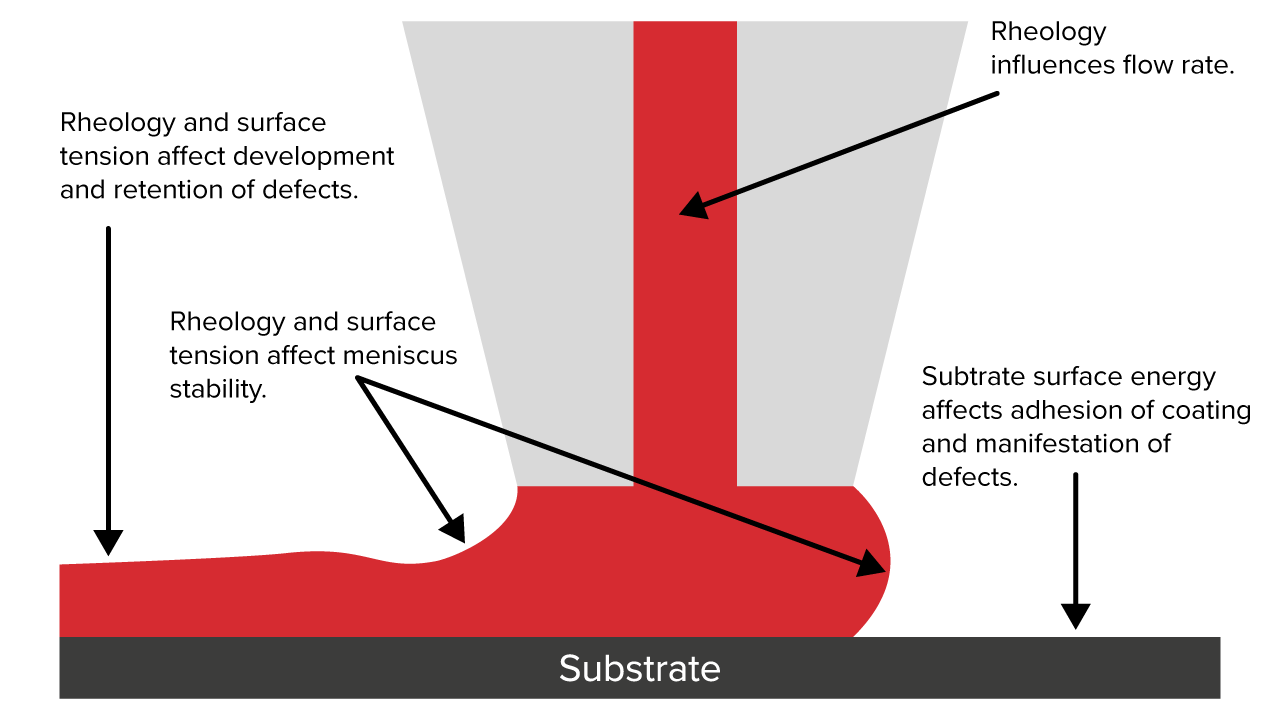




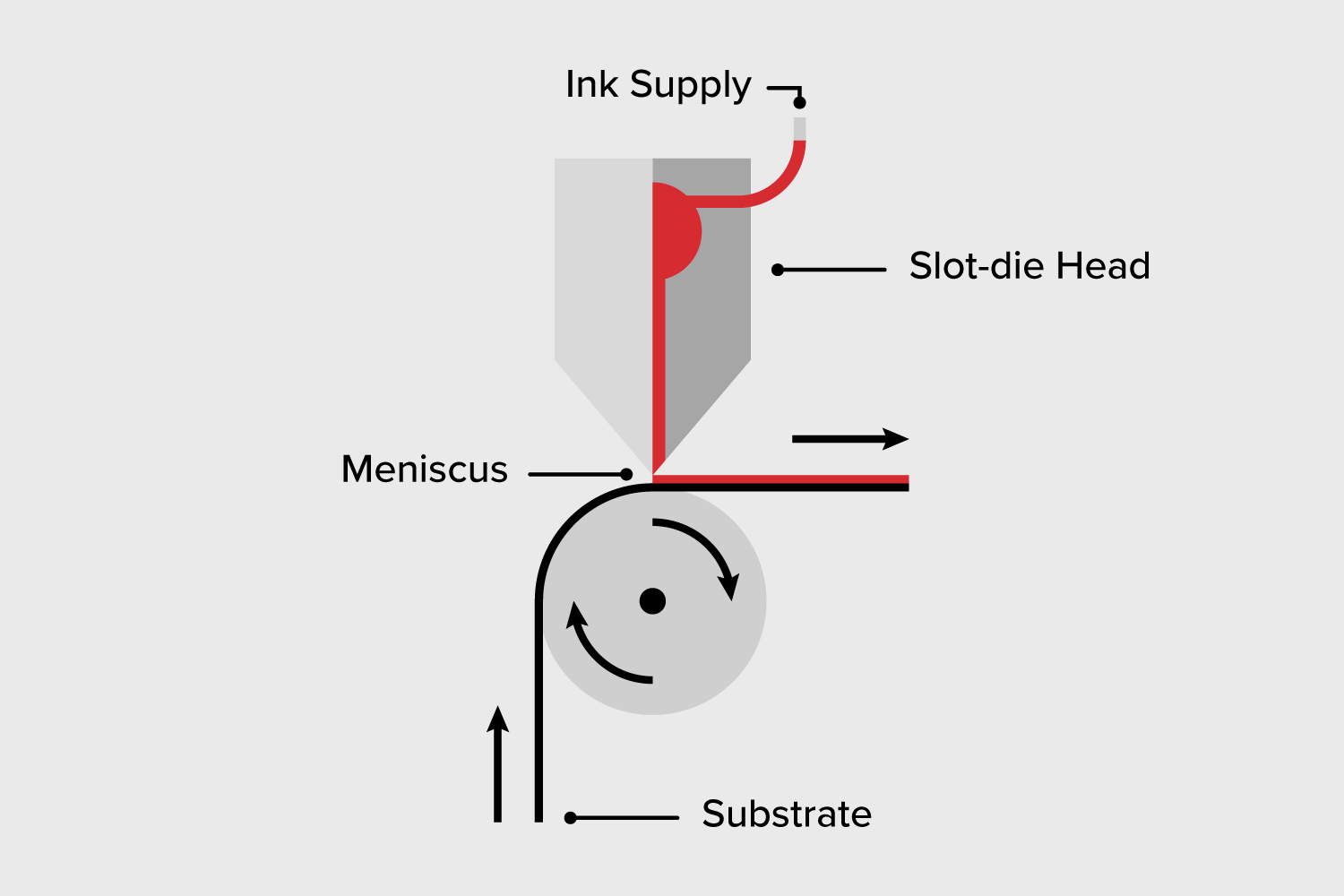



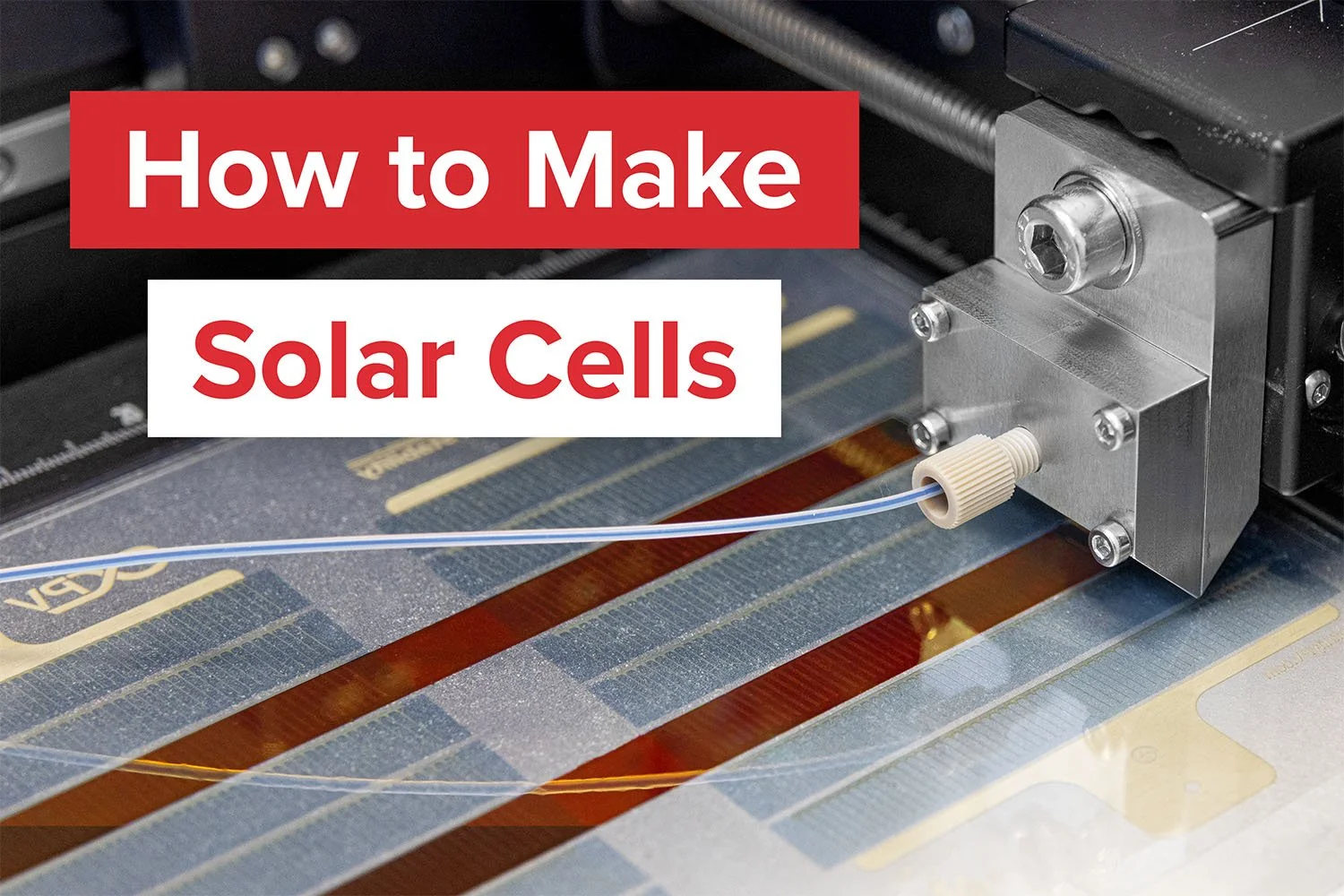



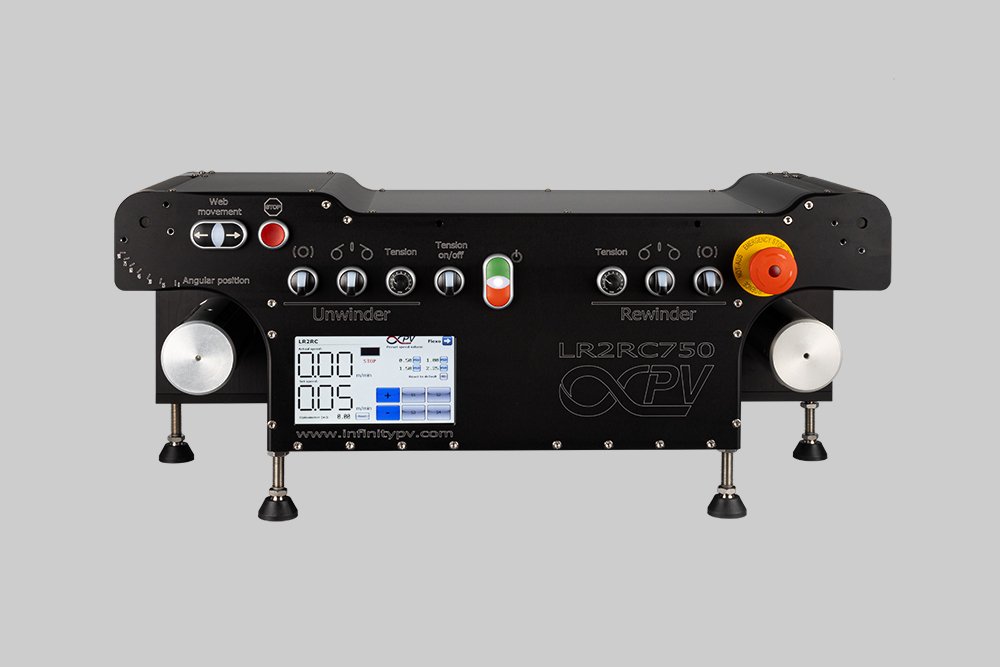
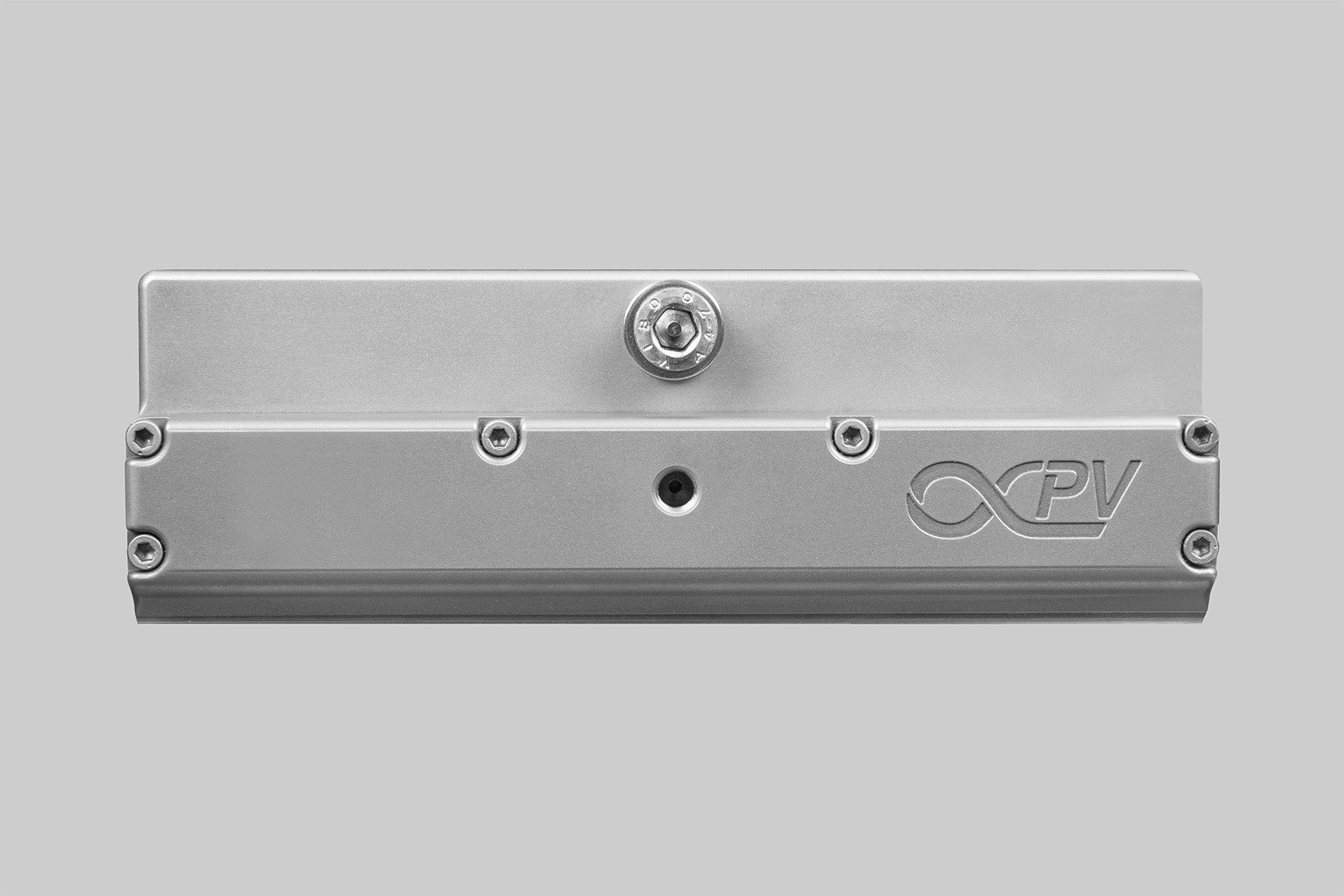

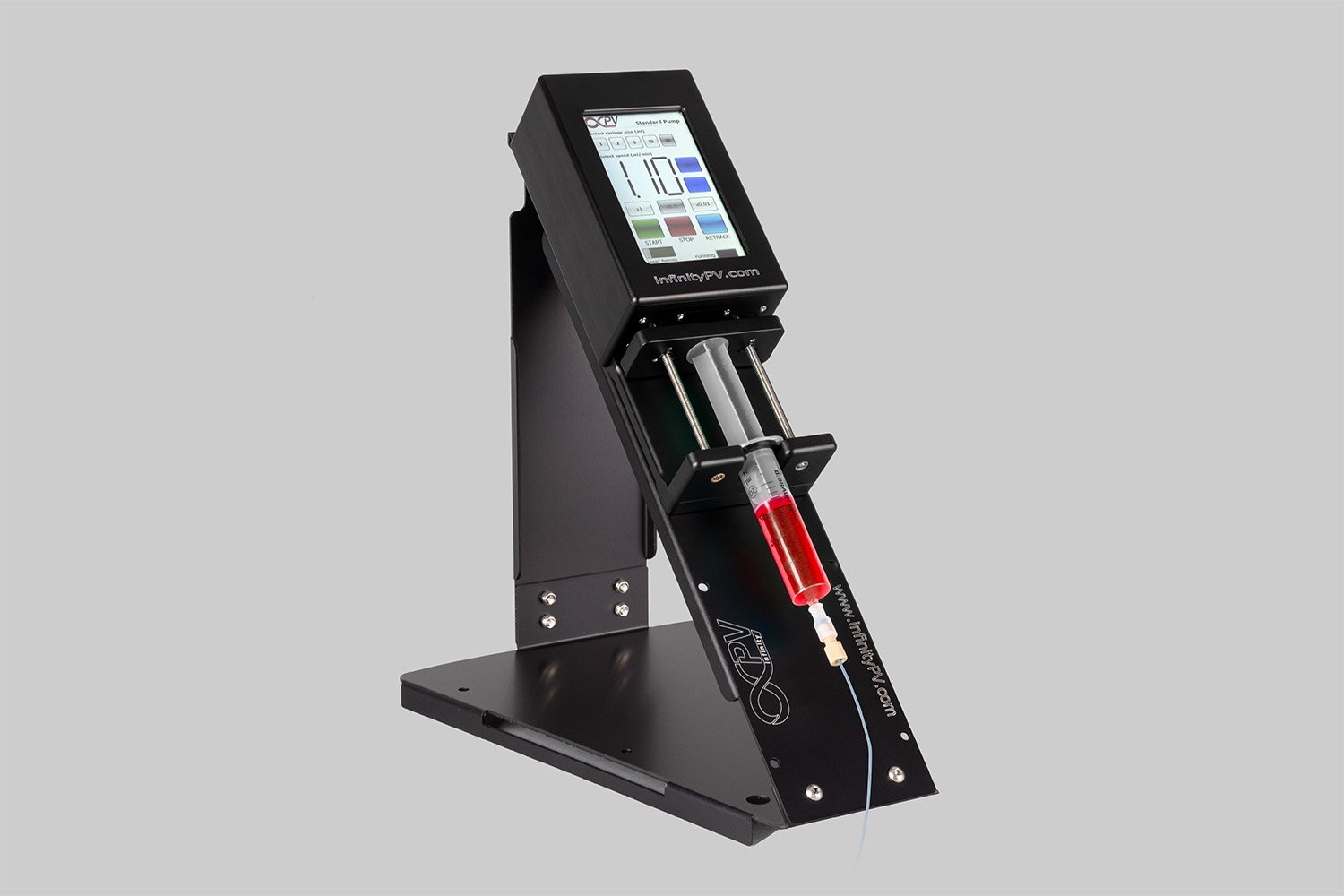

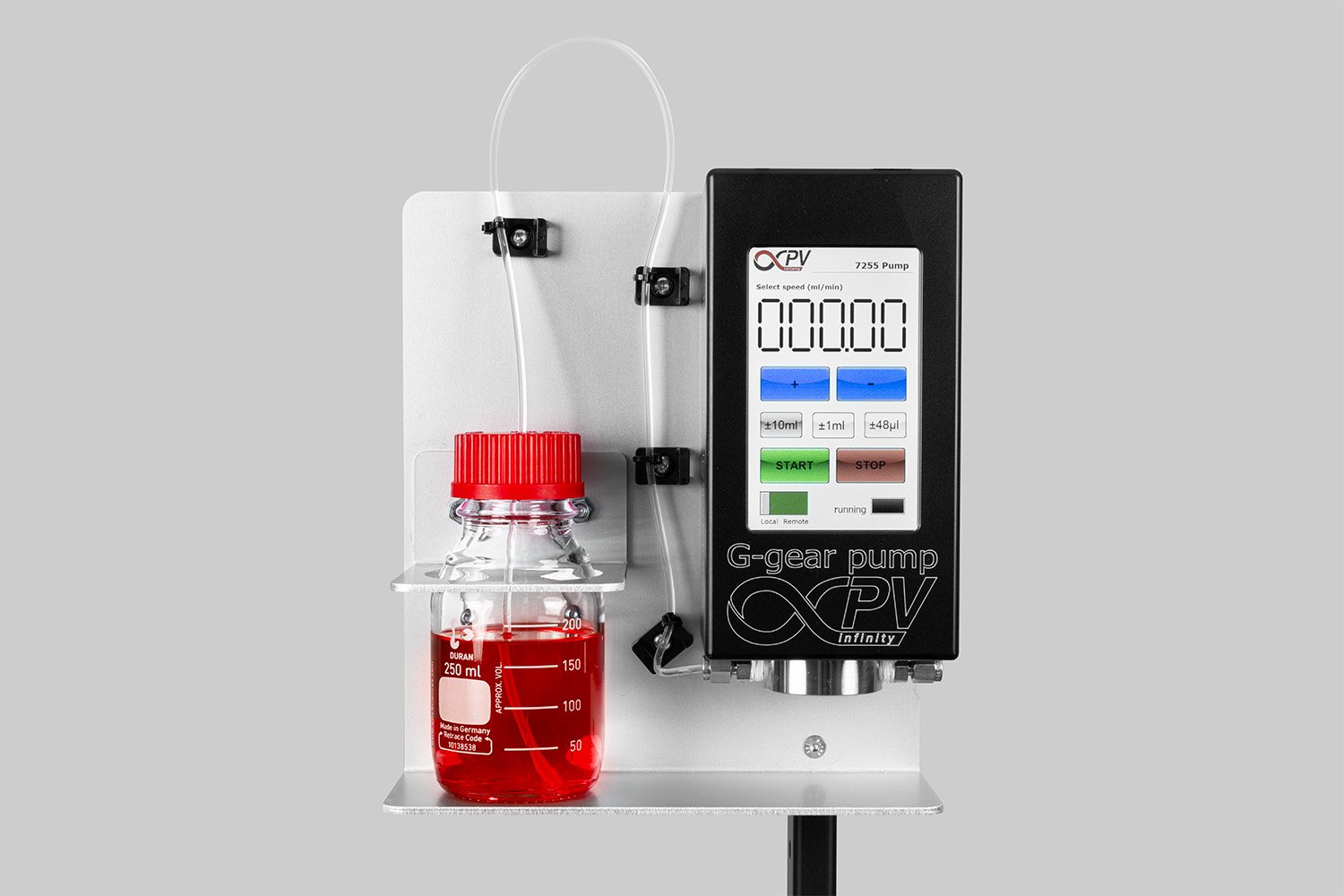
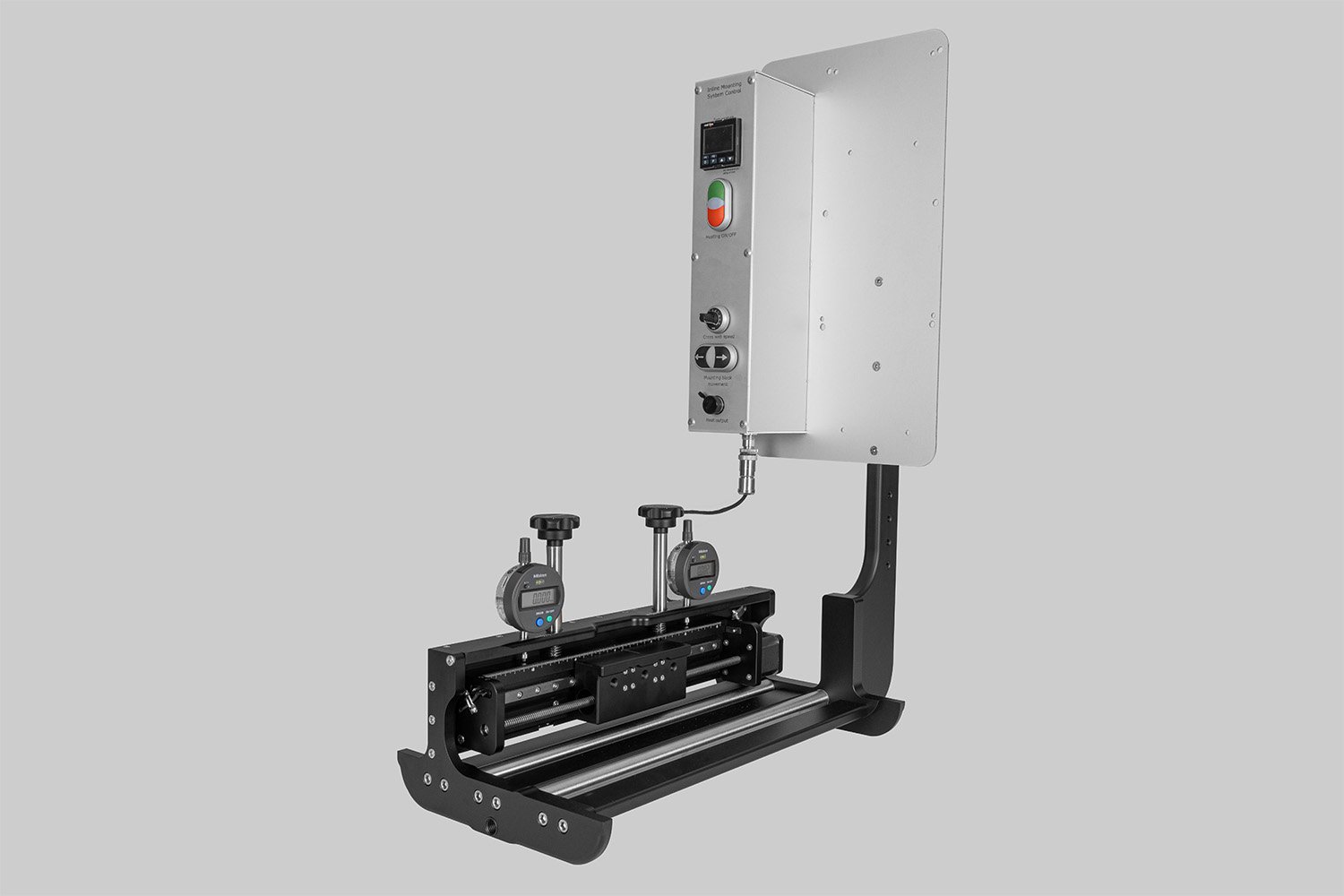
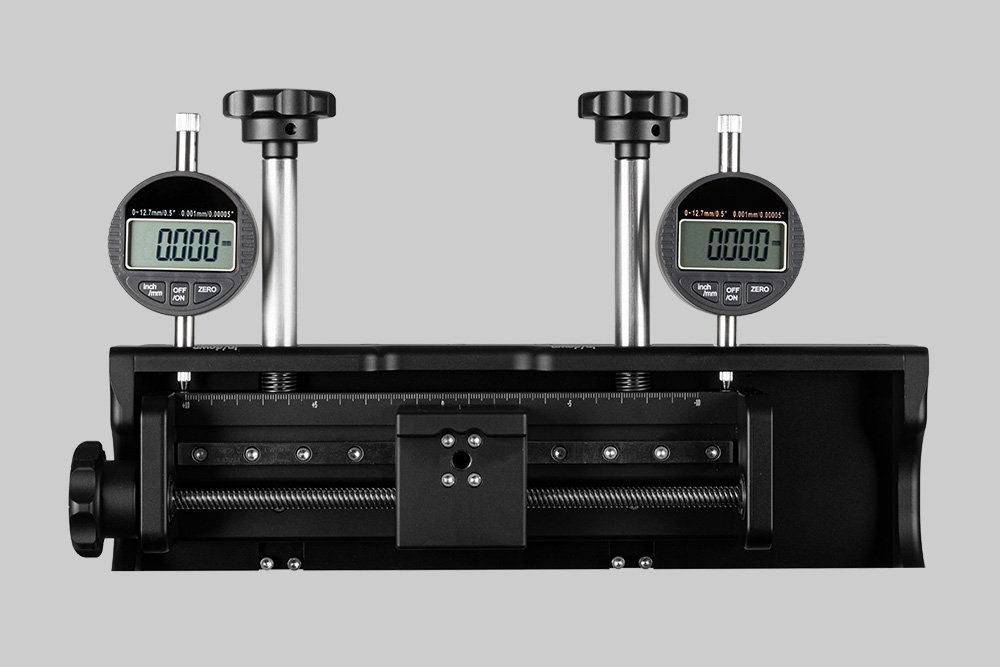
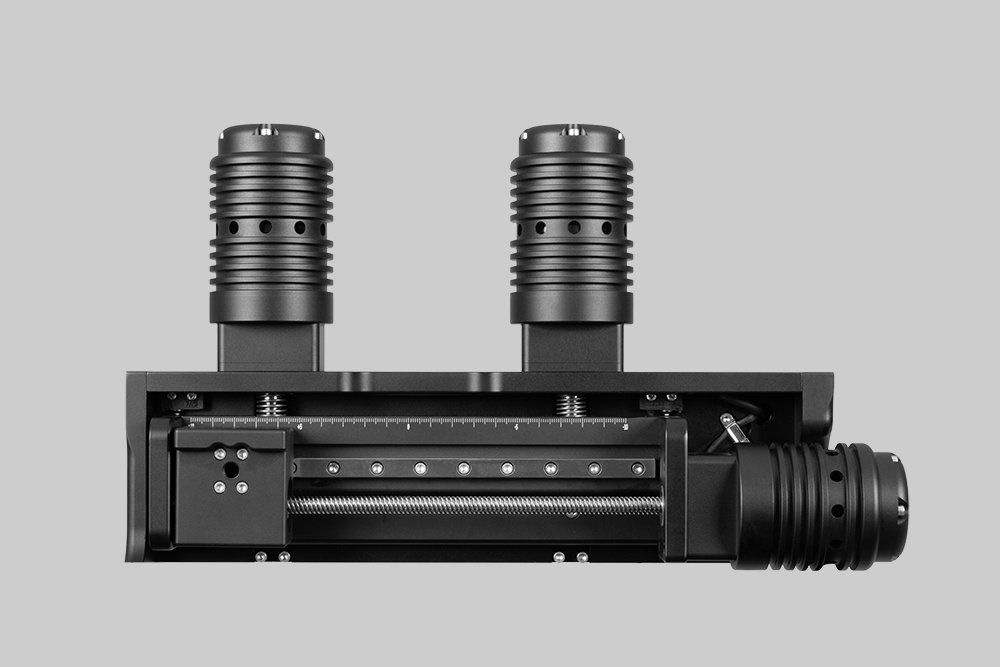


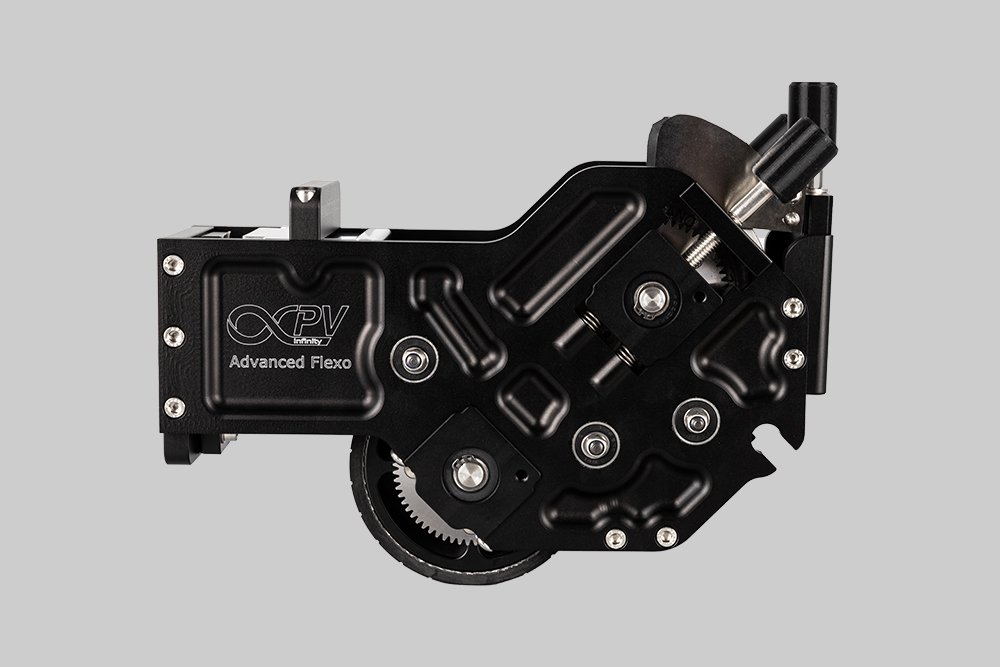



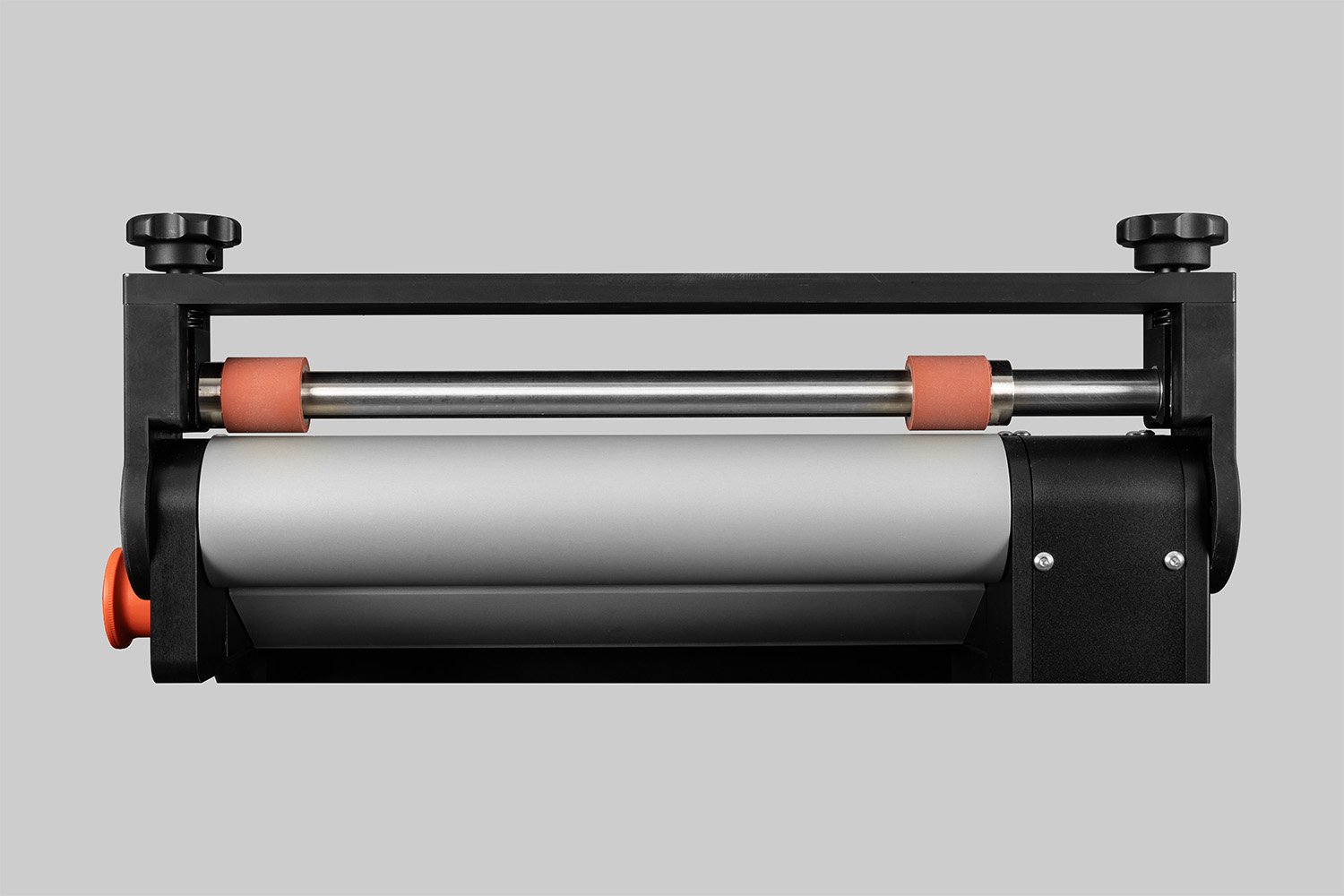
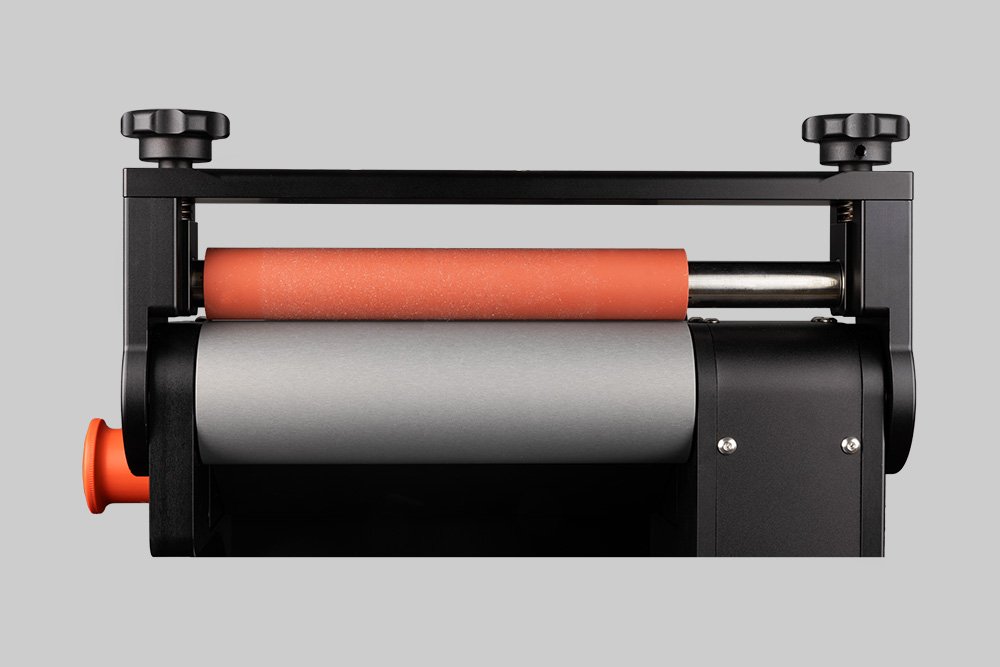
Probably the World’s Most Compact R2R Slot-die Coater: A compact, fully integrated roll-to-roll coating platform for laboratories, complete with a mounting system, anodized rollers, a syringe pump, a 65 mm stainless slot-die head and an infrared oven system—delivering unmatched precision and scalability.